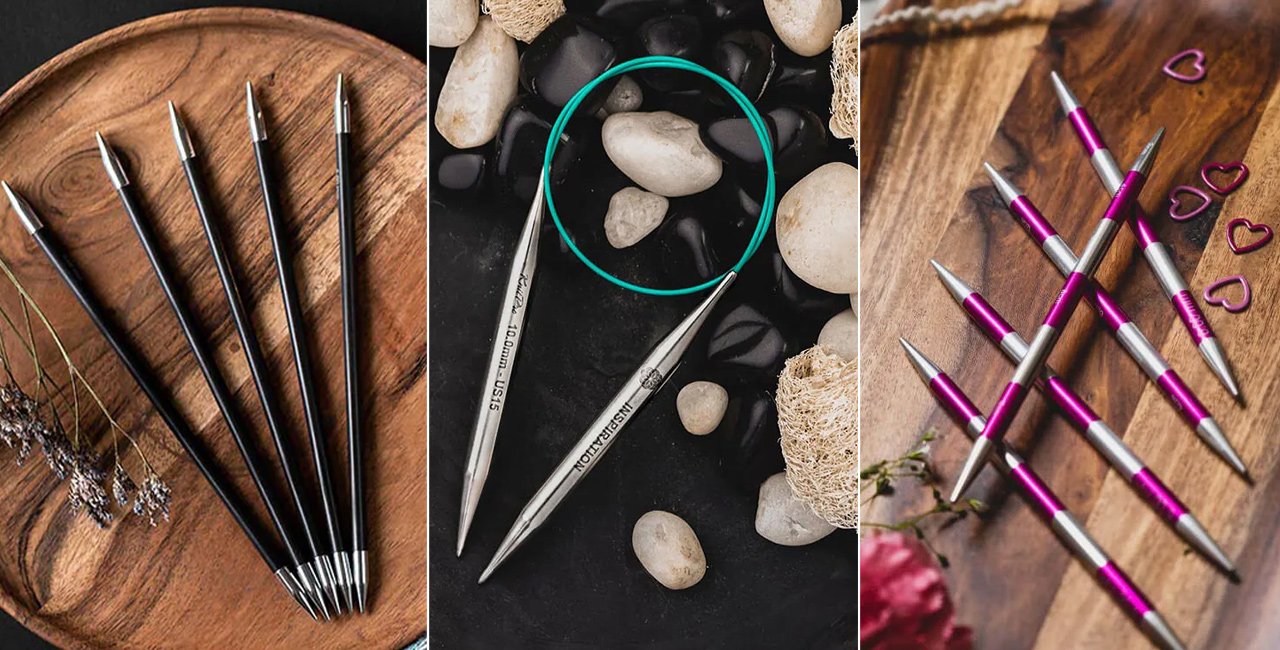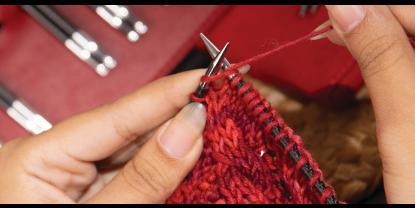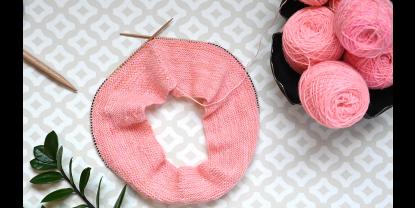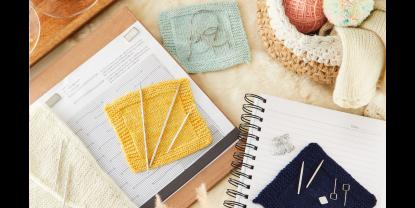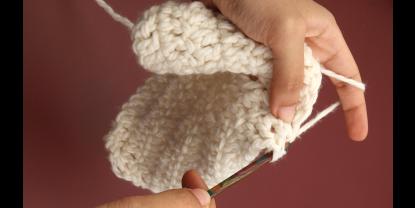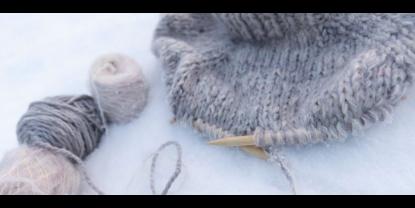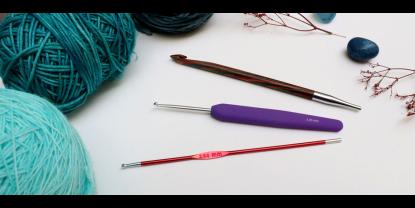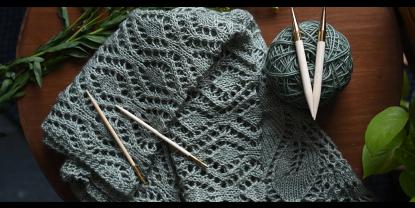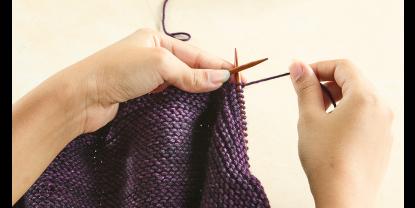In the knitting needle world, every material used to make them provides a different feeling. Modern knitters can select from a wide range of materials, from lightweight, sleek, or ultrasmooth needles. Three materials, such as carbon fiber, stainless steel, or aluminum, allow you to knit in style. KnitPro is known for creativity and offers exceptional tools. Let's learn the difference between carbon fiber, stainless steel, and aluminum knitting needles, and choose the ideal pair for your project.
Traditional to Modern- Knitting Materials
Every vibrant yarn that you choose to work with deserves the right material because it influences the stitch definitions, texture, and knitting speed. As we know, every knitting tool is designed to elevate your stitches and the level of comfort. Check out the few factors below:
- The slick surface of stainless-steel needles helps you to knit smoothly and is ideal for knitters who love speed.
- You will get the natural grip, control, and minimal hand fatigue when working with carbon fiber. KnitPro's Karbonz Elan premium knitting needles are a combination of innovation, style, and superior performance.
- If you are looking for balanced material, Zing and SmartStix from KnitPro, made from aluminum, offer ultimate control and confidence.
Read More: Does the Knitting Needle Material Affect Your Crafting?
Carbon Fiber
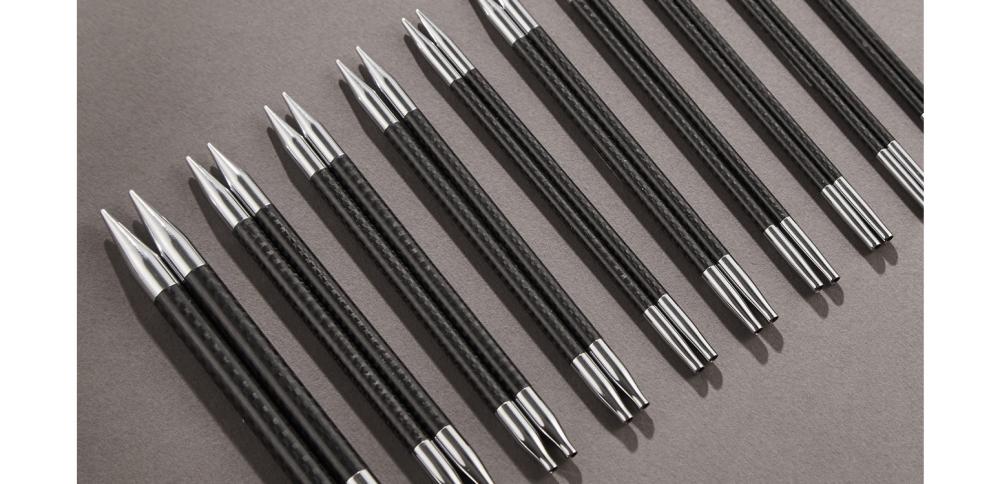
Technology behind Carbon Fiber
One of the strongest and lightest, an advanced composite material used in aerospace and Formula One car manufacturing, and now making a remarkable impact in the craft industry, too. Karbonz, a knitting needle from KnitPro, has a smooth finish and a brass-coated needle tip for flexible functioning.
Why knitters love Carbon Fiber
These straight or double-pointed knitting needles are light as air and strong as imagination. Most importantly, they resist bending, wrapping, or snapping. However, the surface offers slight friction, preventing stitches from dropping off, perfect for knitting lace patterns or socks. During winter, these are warm when touched and maintain a consistent temperature. Hence, these are built for makers who demand the best.
Projects
- Socks
- Lacework and doilies
- Cable knitting
Pros and Cons at a Glance
|
Features |
Pros |
Cons |
|
Weight |
Light and Balanced |
Higher cost |
|
Durability |
Long life span |
It may show wear near the interchangeable joins. |
|
Grip |
Gentle friction |
Slower for speed knitters |
|
Feel |
Warm to the hand |
Different textures might feel different to some users. |
Stainless Steel
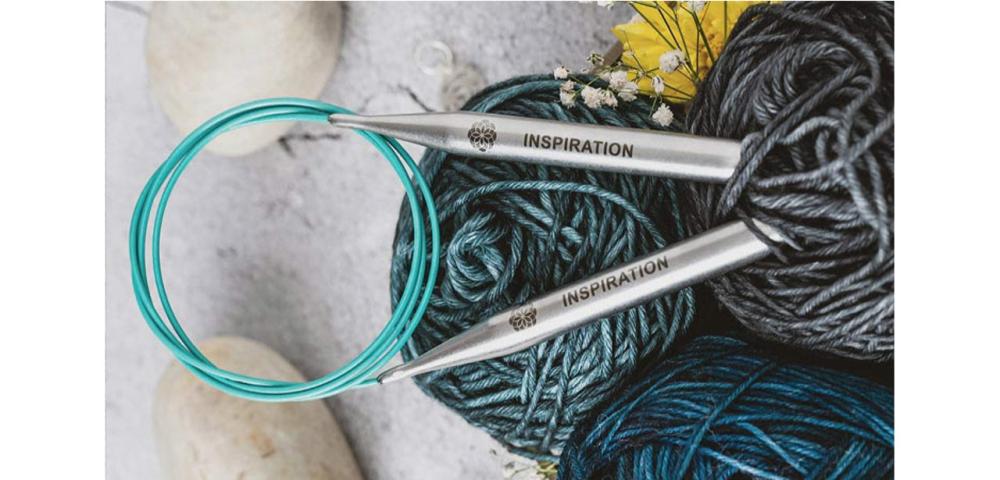
Strength and Shiness
If you love speed and flawless functioning in knitting, then stainless steel knitting needles are a reliable companion for mindful makers. Enjoy effortless knitting row by row, which minimizes friction and encourages faster knitting.
Why Stainless-Steel Needles?
The strength of these needles depends on speed, durability, and the ability to handle any project confidently. Moreover, these needles won't bend easily, and tackle countless hours of knitting without losing their polish and shine. The tips are fine and sharp, allowing you to pick the stitches easily. A perfect tool that glides like a dream.
Projects
- Lace shawls.
- Colorwork knitting
- Ribbing or Cables
Read our blog on: Everything you need to know about Stainless Steel Knitting Needles
Pros and Cons at a Glance
|
Features |
Pros |
Cons |
|
Speed |
Faster |
Slippery for beginners |
|
Durability |
Strong |
Can feel cold in winter |
|
Weight |
Balanced and Sturdy |
Slightly heavier than carbon fiber |
Aluminum Needles
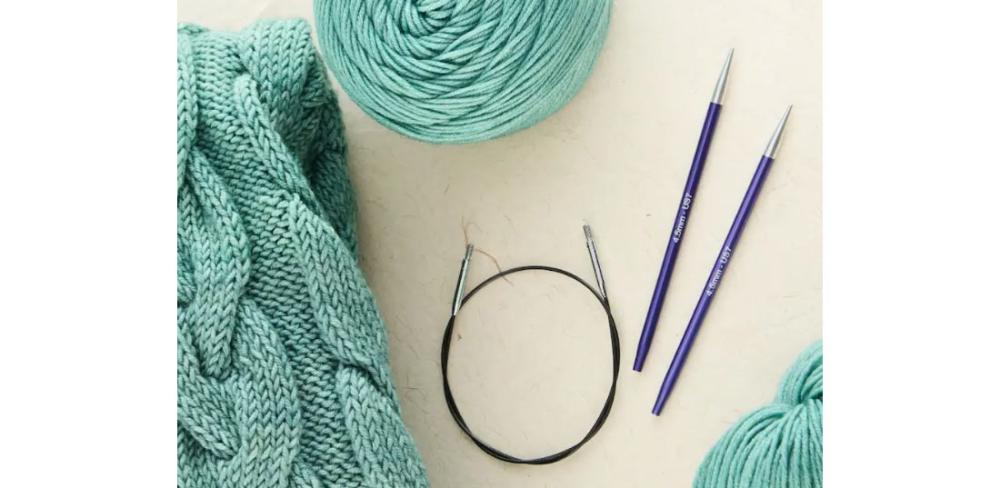
Lightweight and Perfectly Balanced
These are considered the classical workhorses of knitting tools. Due to its lightweight and smooth texture, it strikes a balance between cost, comfort, and versatility.
Why Aluminum Needles?
These needles are lighter than stainless steel, whether you work with circular knitting needles or DPNs. Additionally, needles are cold to the touch and flexible in motion. KnitPro's Zing and SmartStix are affordable and create smooth stitches without any extra effort.
Projects
- Sweaters and Scarves
- Large Blankets
- Accessories
Pros and Cons at a Glance
|
Features |
Pros |
Cons |
|
Weight |
Very light |
Less firm than steel |
|
Glide |
Smooth surface |
May feel too slick for beginners |
|
Durability |
Strong |
Can bend under extreme pressure |
Carbon Fiber Vs Stainless Steel Vs Aluminum Needles
|
Features |
Carbon Fiber |
Stainless Steel |
Aluminum |
|
Weight |
Ultra-light |
Medium heavy |
Light |
|
Surface Texture |
Slight grip |
Ultra Smooth and Slick |
Smooth and mild glide |
|
Durability |
Extremely strong |
Unbreakable |
Strong |
|
Feel |
Warm |
Cold to the touch |
Neutral-cool |
|
Best for |
Lace, Socks, Cable |
Fast knitting, lace |
Everyday knitting |
|
Price Range |
Premium |
Mid-range |
Affordable |
Which is the Right Needle for you?
Do you want to knit with comfort and style? These are important factors that will influence your decision. Check out some of the points below:
- Carbon fiber = Control and comfort
- Stainless steel = Speed and power
- Aluminum = Balance and value
Conclusion
Any material you select to work with tells a unique story in your stitches, whether you choose carbon fiber, stainless steel needle, or aluminum. Knitting is not only related to yarn, but it's also about tools. KnitPro offers a wide range of tools, such as Karbonz, Zing, and SmartStix, which will make your stitches shine and beautiful.


